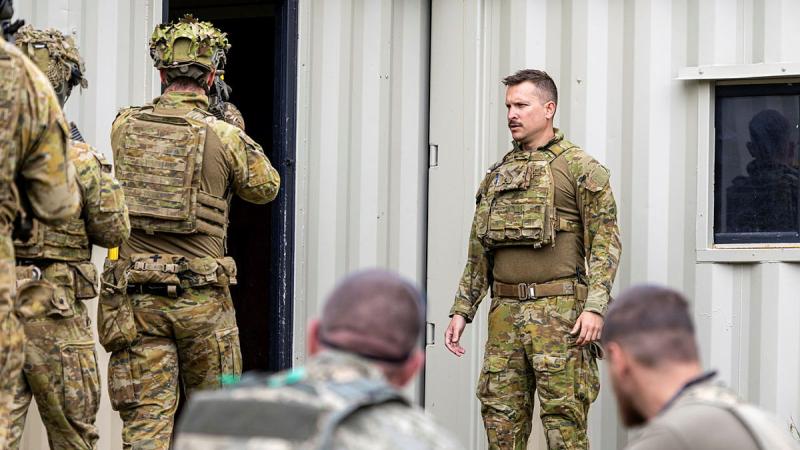High gas prices remain a critical issue for domestic gas users and could see more businesses move or close in the east coast, according to the released by the ACCC today.
The report shows that most commercial and industrial Australian gas users will pay more than $9/GJ for gas this year, and some more than $11/GJ.
Speaking at the 2019 APPEA Oil and Gas Conference in Brisbane today, ACCC Chair Rod Sims said the fact wholesale gas prices remain so high means many Australian manufacturers are struggling to compete internationally.
“Commercial and industrial gas users have been telling us for some time that at those gas prices, their operations are not sustainable in the medium to longer term,” Mr Sims said.
“Businesses that rely heavily on gas are increasingly likely to relocate from the east coast or wind up their operations.”
Mr Sims pointed to this week’s announcement by Dow Chemical that it would close its Melbourne manufacturing plant due, in part, to high gas prices. It came after RemaPak, a Sydney-based producer of polystyrene coffee cups, and Claypave, a Queensland-based brick and paving manufacturer, entered administration citing rising gas costs as an important contributing factor.
“Many other manufacturers are close to making critical decisions on their future operations. If wholesale gas prices do not soften, it is just a matter of time before they follow Dow, RemaPak and Claypave,” Mr Sims said.
The ACCC’s report notes that, after increasing over the course of 2018, expected have fallen significantly over the past six months.
“We expect that those same suppliers have revised their prices down this year to reflect these latest expectations as quickly as they escalated them last year,” Mr Sims said.
“So far we are not seeing this.”
The interim report notes the Australian Energy Market Operator’s launch in March of a capacity-trading platform to allow unused pipeline capacity to be traded or acquired through auctions.
Initial data obtained by the ACCC suggests some market participants are making use of this new auction platform and transporting material quantities of gas from Queensland to New South Wales and Victoria.
However, Mr Sims emphasised that the level of future domestic prices in the southern states would depend on supply in the southern states.
“I urge producers to carry out the investment in gas production they planned,” Mr Sims said.
“Also, as I have done for some time now, I urge state governments to play their role in providing access to gas resources by adopting policies that consider and manage the risks of individual gas development projects, rather than implementing blanket moratoria and regulatory restrictions.”
The full speech is available on the. The interim report and further information are available at .
Note to editors
An ‘LNG netback price’ is a measure of an export parity price that a gas supplier would expect to receive for exports. It is calculated by taking the price that could be received for a quantity of LNG and subtracting or ‘netting back’ the costs incurred by the supplier to convert the gas to LNG and ship it to the point of delivery.
LNG netback prices are a key factor influencing domestic gas prices. Improved transparency on LNG netback pricing will assist to reduce the information imbalance between gas users and suppliers, thereby improving the competitiveness of the bargaining process.
The gas prices mentioned in this media release and in the ACCC’s (unless otherwise stated) are ‘gas commodity prices’. These prices do not include any separate charges, such as applicable transportation or other additional charges that may be passed through to gas buyers.
Background
, the Australian Government directed the ACCC to conduct an inquiry into the supply of and demand for wholesale gas in Australia, and publish regular information on the supply and pricing of gas for three years.
The ACCC is required to submit interim reports no less frequently than every six months and provide information to the market as appropriate, with a final report by 30 April 2020.
The interim report released today was prepared in April 2019 but provided to the Treasurer in May 2019 following the recent Federal Election because of caretaker conventions.
The ACCC will provide its next report to the Treasurer in July 2019. This report will provide an update on the supply-demand outlook, transportation, and retailer margins.








